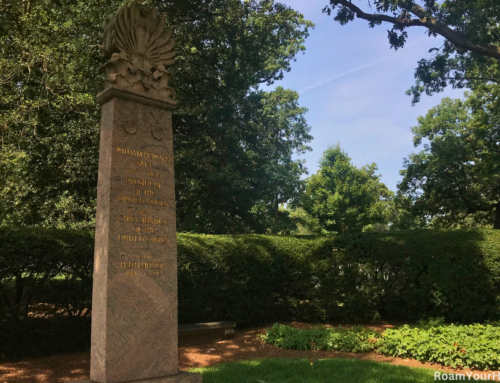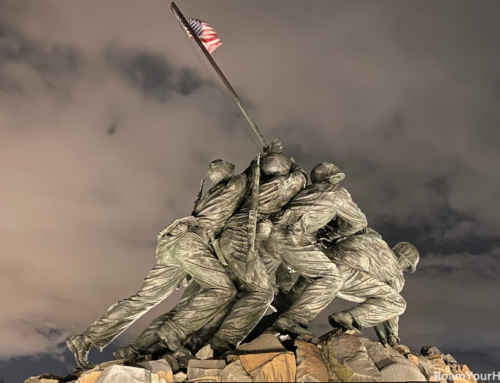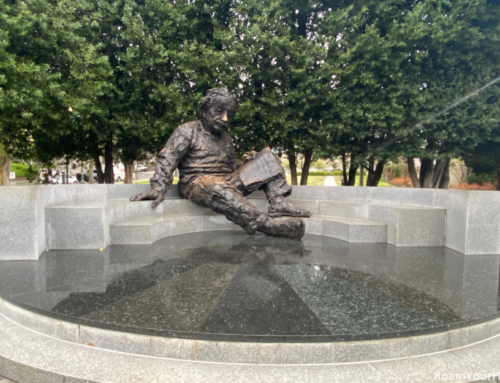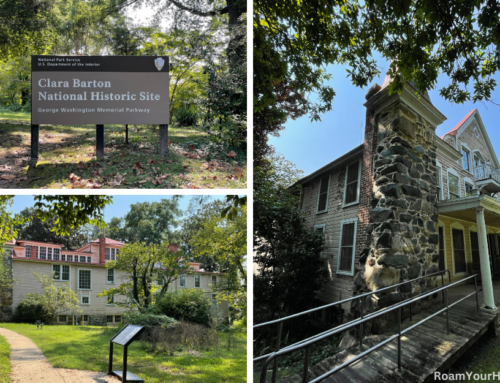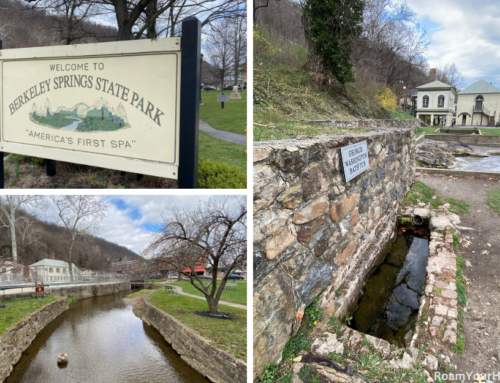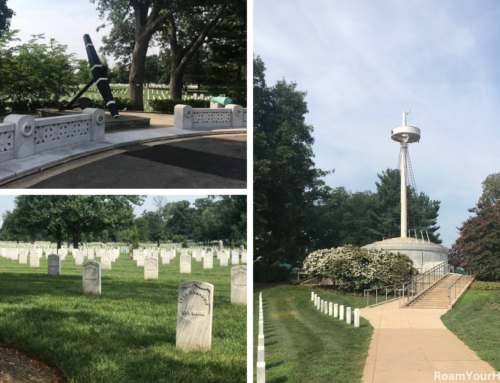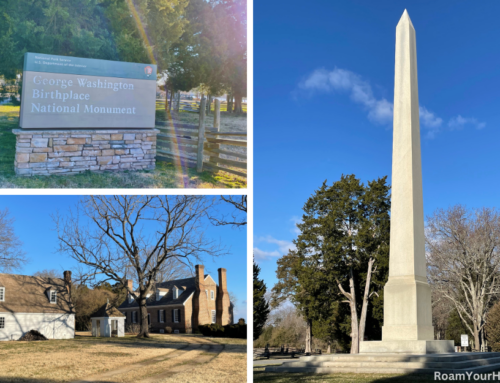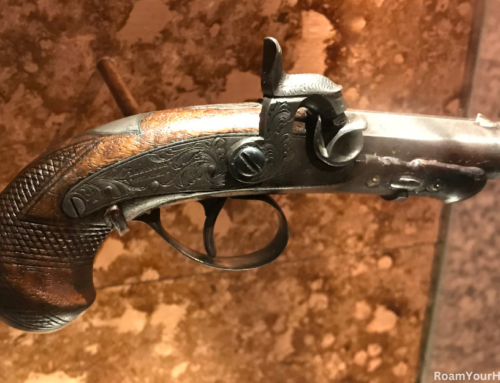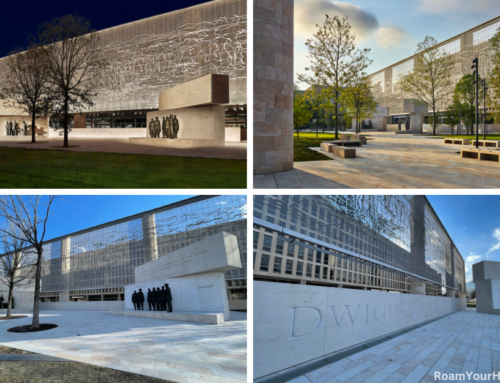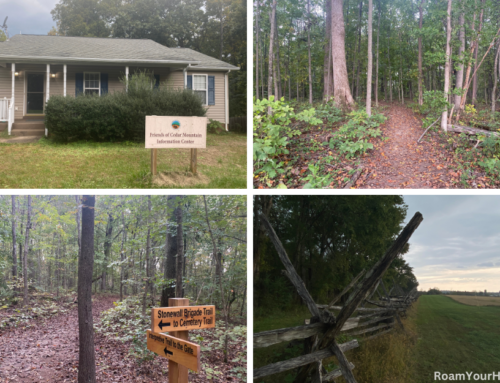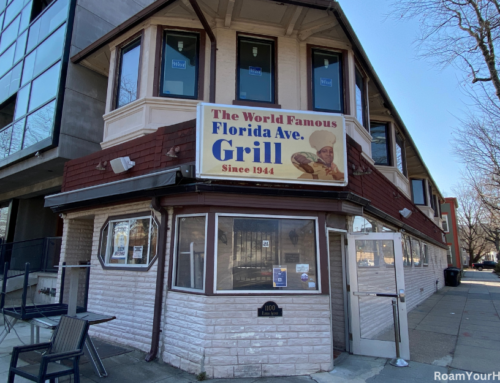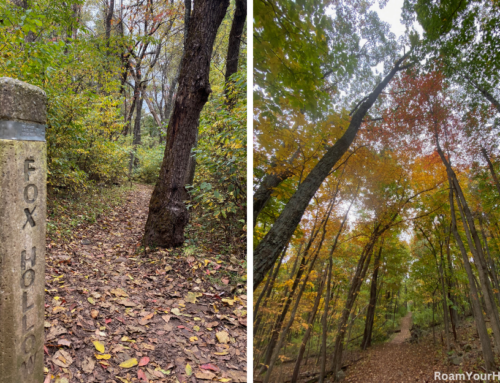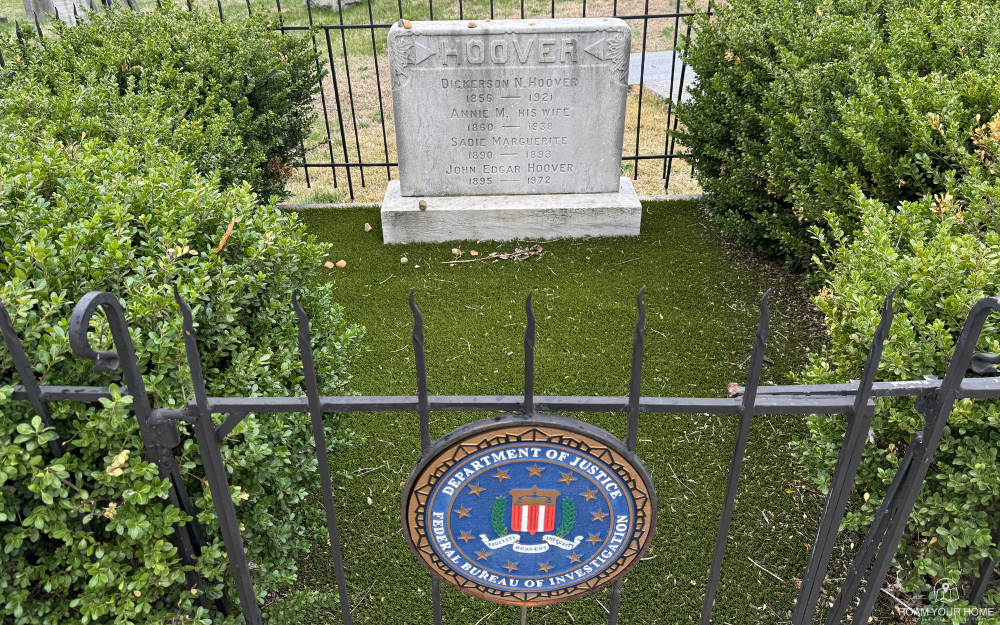
J. Edgar Hoover’s Grave at the Congressional Cemetery
Washington DC’s Congressional Cemetery is a beautiful place to stroll through history. You find yourself in the company of some of the nation’s most influential—and often controversial—figures. Among them rests J. Edgar Hoover, the first Director of the FBI, whose complex legacy continues to incite discussion decades after his death.
Founded in 1807, Congressional Cemetery is more than a burial ground; it’s a sprawling historical landmark. The cemetery holds over 65,000 burials, from senators and soldiers to artists and activists. It offers a rare, reflective atmosphere where American history feels tangible and personal.
Visiting J. Edgar Hoover’s Grave
We visited during a pleasant spring afternoon. It was peak cherry blossom time, so the pink and white treelined pathways were extra beautiful.
Depending on your interests, you can take several different tour maps. We just grabbed the general map from the cemetery’s entrance or visitor center, which marks notable graves, including Hoover’s. Edgar Hoover’s grave is not elaborate or hidden; it lies in a section where many prominent figures are interred. The gravesite is in a relatively modest plot near the cemetery’s central area. It’s surrounded by an iron rod fence emblazoned with the FBI seal.
His simple headstone bears his name, the birthdate of January 1, 1895, and the day he passed, May 2, 1972. Also inscribed on the grave and buried in the plot are J. Edgar’s father, Dickerson N. Hoover, his mother, Annie Hoover, and his sister Sadie.
Edgar Hoover’s close confidante for 30 years and second-in-command at the FBI, Clyde Tolson, is buried nearby. Hoover and Tolson evaded whispers of closed homosexuality for decades. To this day, the subject is debated by historians.
A Modest Grave for a Man of Secrets
Beneath the simple marker lies a deeply controversial man whose career was defined by the wielding of immense power over the American people—power that was often used to manipulate, surveil, and control.
For those seeking the man’s story, Hoover’s grave is a somber reminder that history, much like the FBI’s secretive operations, isn’t always easily revealed.
The truth about Hoover’s life and career is cloaked in a web of scandals, from his illegal surveillance of political enemies and civil rights leaders to his rumored ties to corruption.
If you expect a place of quiet reflection on a national hero, you will be disappointed. But if you’re interested in diving deep into the murkier waters of American history and the power structures that have shaped the country, a visit to Hoover’s grave is essential.
It’s a place where the legacy of a man who once held near-absolute power—at a time when privacy and civil liberties were constantly under threat—rests in quiet contradiction with his actions during his lifetime.
Hoover’s grave may be unremarkable in appearance, but standing there begs the thought about the price of national security, the boundaries of power, and the lengths people will go to maintain control.
With that, Hoover’s final resting place may very well be one of the most thought-provoking spots in the entire cemetery.
Tips for Visiting the Congressional Cemetery
- Hours: Congressional Cemetery is open to visitors daily, typically from dawn to dusk.
- Tours: Tours are available on weekends and highlight notable graves, including Hoover’s.
- Etiquette: As with any cemetery, visitors are encouraged to be respectful.
- Other Sights: Nearby graves of interest include those of Mathew Brady, the Civil War photographer; David Herold, a conspirator in Lincoln’s assassination; and former Vice President Elbridge Gerry.

